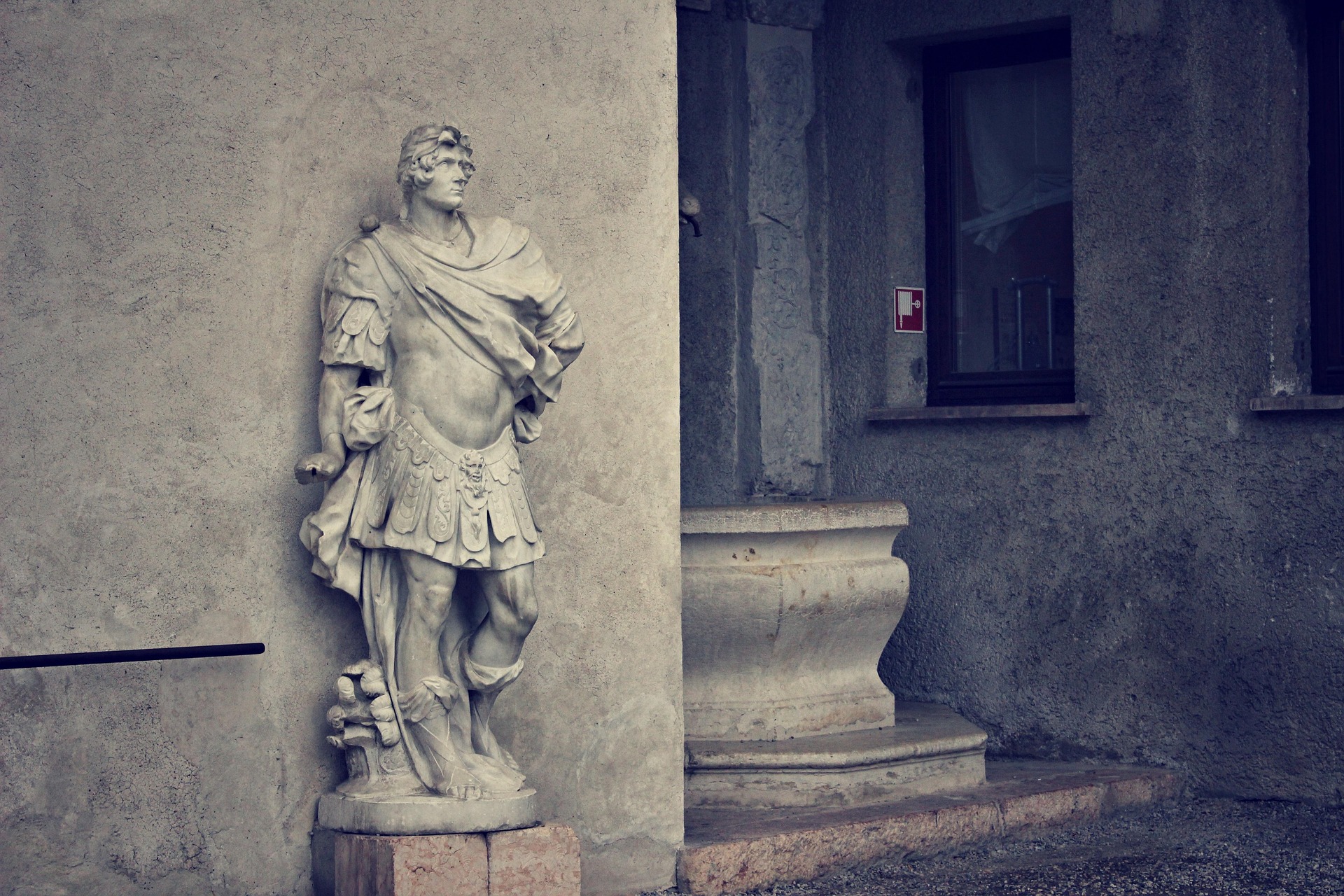Exploring the World Through Cemetery Tourism
Delve into the fascinating realm of cemetery tourism, an unconventional yet captivating way to explore history, culture, and art. This growing trend offers travelers a unique perspective on destinations, revealing stories etched in stone and providing insights into local customs, famous personalities, and architectural marvels. From Paris's Père Lachaise to Highgate in London, discover how these silent cities of the dead are becoming vibrant attractions for the living.
The Appeal of Cemetery Tourism
Cemeteries offer a unique window into a location’s past, present, and cultural identity. They serve as open-air museums, showcasing architectural styles, sculptural artistry, and changing attitudes towards death and remembrance. For many travelers, visiting these hallowed grounds provides a contemplative experience, allowing for reflection on mortality and the legacies we leave behind. The quiet beauty of these spaces, often filled with lush greenery and intricate monuments, creates a serene atmosphere that contrasts with typical tourist attractions.
Notable Cemeteries Around the World
While countless cemeteries worldwide offer compelling experiences, some stand out as must-visit destinations for cemetery tourism enthusiasts. Père Lachaise in Paris, the final resting place of luminaries like Jim Morrison and Oscar Wilde, draws millions of visitors annually with its ornate tombs and tree-lined paths. In Buenos Aires, the Recoleta Cemetery houses elaborate mausoleums, including that of Eva Perón, showcasing Argentina’s rich history. Prague’s Old Jewish Cemetery, with its layered graves and tilting headstones, provides a poignant glimpse into centuries of Jewish history in Europe.
The Cultural Significance of Cemetery Tourism
Beyond their historical value, cemeteries offer insights into local customs, beliefs, and attitudes towards death. In New Orleans, above-ground tombs in St. Louis Cemetery No. 1 reflect the city’s unique geography and multicultural heritage. Japan’s Okunoin Cemetery on Mount Koya, with its ancient cedars and moss-covered stones, embodies Shingon Buddhist traditions. By exploring these sacred spaces, travelers gain a deeper understanding of cultural practices and spiritual beliefs surrounding mortality.
Ethical Considerations and Responsible Tourism
As cemetery tourism gains popularity, it’s crucial to approach these visits with respect and sensitivity. Many cemeteries have implemented guidelines to balance tourism with their primary purpose as places of remembrance. Visitors should adhere to local customs, avoid disturbing gravesites, and be mindful of ongoing funerals or mourners. Some locations offer guided tours, providing context and ensuring appropriate behavior. Responsible cemetery tourism can contribute to the preservation of these historical sites and support local communities.
Navigating the World of Cemetery Tourism
- Research cemetery opening hours and any specific rules or customs before visiting
- Consider joining a guided tour for in-depth historical context and to ensure respectful practices
- Bring comfortable walking shoes, as many historic cemeteries cover large areas
- Photography may be restricted in some areas; always check local guidelines
- Look for special events or themed tours, especially around holidays like Halloween or All Saints’ Day
- Support preservation efforts by making donations or purchasing guidebooks from cemetery offices
Cemetery tourism offers a unique and enriching way to explore the world’s cultural heritage. By venturing into these silent cities, travelers can uncover fascinating stories, admire stunning artistry, and gain deeper insights into the human experience. As this trend continues to grow, it promises to shed new light on often-overlooked historical treasures, encouraging a more nuanced and respectful approach to cultural exploration.






